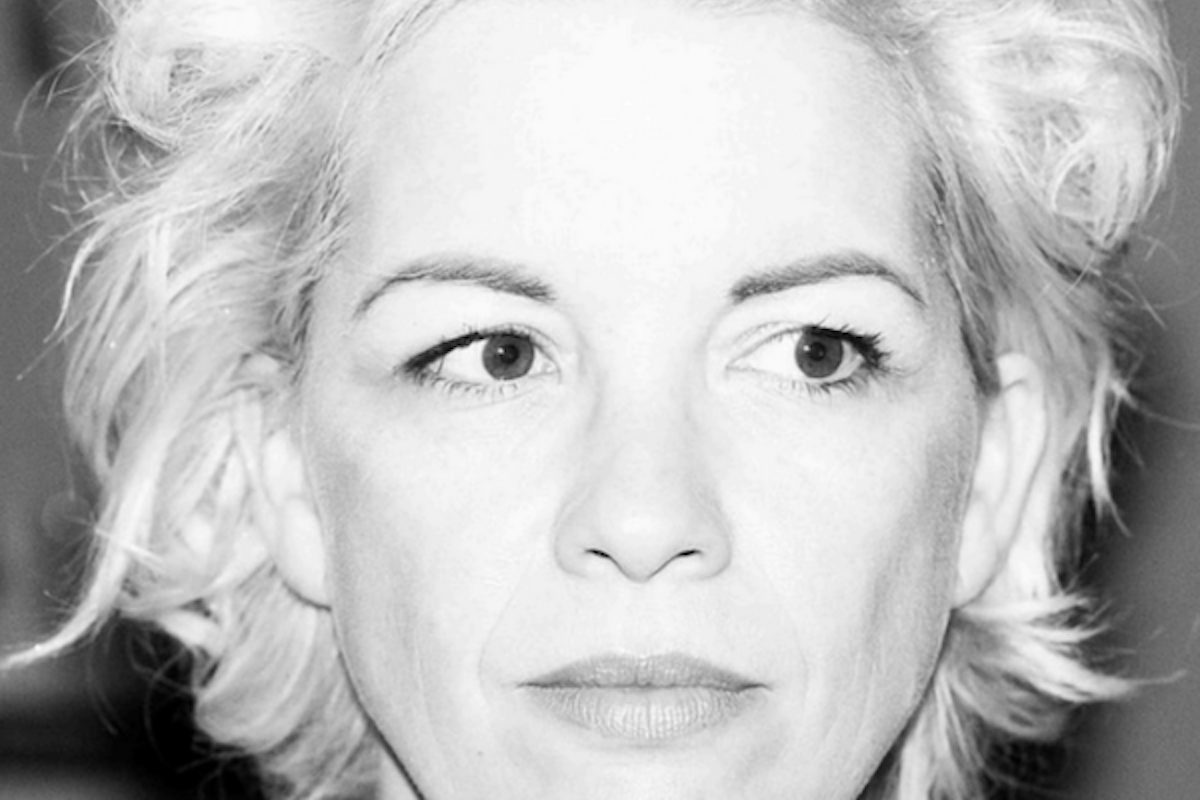recent
Culture War Churn and the YouTube Rabbit-Hole
The YouTube-rabbit-hole phenomenon will undoubtedly continue to radicalize certain individuals. But give it time, let the churn machine keep churning.

The New York Times recently profiled a man named Caleb Cain who had been radicalized by far-Right videos on YouTube. It’s easy to dramatize this familiar story with statements like, “I fell down the alt-right rabbit-hole” and “I just kept falling deeper and deeper into this…” and ultimately, “I was brainwashed.”
But the brainwashing didn’t stick. Cain was eventually de-radicalized. The NYT, and most other commentators besides, painted Cain’s journey as a redemption story and a cautionary tale about the dangerous influence of YouTube algorithms. However, it’s worth lingering on the fact that Cain is not the only person who was radicalized and then de-radicalized in relatively quick succession. In reality, Cain’s story is simply one case study in the context of an overlooked phenomenon: churn in the culture wars.
Churn is the business concept that some percentage of service subscribers will fall away after a certain period of time. In order for a business to grow its clientele, it must have a higher client acquisition rate than a client loss rate. This concept maps perfectly onto the culture wars, and yet it’s invariably ignored. People are referred to as belonging to the far-Left or the alt-right as though membership in these cohorts is a static reality. And when someone does switch teams, it’s treated like breaking news.
Caleb Cain’s story is not unique, however. People switch teams all the time, and it happens on both sides. If you ask Dave Rubin, everyone is running toward his YouTube channel because “the Left has lost its mind.” If you ask progressive YouTuber David Pakman, he’ll tell stories of people escaping the Right because the Republican party has become toxic. Both stories are simultaneously true and individual cases are easy to come by—especially on YouTube.
The important metric that needs to be addressed is the churn rate. As people (mostly impressionable young people, presumably) cycle through the YouTube churn machine, which side stands to benefit in the long term? And is the YouTube rabbit-hole phenomenon even a relevant factor for political shifts on the large scale?
YouTube, Engine of Churn
I don’t doubt the NYT’s thesis that YouTube algorithms are perfectly designed to pull people further into an extremist rabbit-hole. But this is nothing new. When I was an early teen, I was radicalized to fundamentalist Christian beliefs by propaganda VHS tapes I found in my church library. Even before VHS, people were radicalized by the Dewey Decimal system. Radicalization algorithms might be more aggressively malicious in the internet age, but they’re old news. Radical ideas lead to more extreme radical ideas ad infinitum whether you’re on YouTube or browsing the dusty shelves of your small-town library.
People who are radicalized through YouTube, however, very often don’t stay radicalized. Caleb is an example of this, as are the many callers who routinely share their stories on David Pakman’s show. Consider James from Long Island, who called into Pakman’s show on June 21:
After the 2016 election…I went down the YouTube rabbit-hole. I started listening to people like Ben Shapiro and Steven Crowder and I thought their arguments really clicked with me. But over time they kind of fell flat when I started looking at other viewpoints. And then I found [the David Pakman] channel, I found other liberal outlets, and again I found myself as a social democrat.
Justin from Brooklyn, who called in on July 3, and Joseph from Michigan, who called in on July 11, repeated slight variations on this same story.
Dave Rubin would likely be aghast and confused to hear these accounts. In his slice of YouTube, the Left has “lost its mind” (he says that a lot) and the Right has become the common-sense side of the political divide that defends free speech and free market capitalism. And those of his viewers who switched from Left to Right would probably agree.
The point is: YouTube serves as a rabbit-hole for knee-jerk radicalization that is short-lived in many cases. Every time someone shifts Right from the YouTube rabbit-hole, someone else follows the lead of James from Long Island and shifts Left. And chances are, many of these team-switchers will be switching back, or switching somewhere else altogether, as they gain life experience beyond time spent alone watching YouTube videos.
General Trends in Party-Switching
The country is, we are often reminded, starkly polarized. The fringes on the political spectrum are becoming more extreme. There is increased radicalization among young people. Nuance in conversations is increasingly lacking…
All of these things are true, or certainly felt to be true. And yet, these observations only make it more impressive that anyone would be compelled to switch political teams at this extremely partisan moment. In a sense, party-switchers like Caleb Cain, James from Long Island, Justin from Brooklyn, and Joseph from Michigan shouldn’t even exist. But there they are, broadcasting their stories using virtually identical language to describe their experiences.

If party-switching strikes you as something incredibly rare, consider a few of the key findings quoted directly from a 2017 study by the Voter Study Group:
- While the aggregate number of Democrats and Republicans looks stable, the reality is that 13 percent of partisans have switched their affiliation in the last five years.
- People of color and those under 45 were among the likeliest to switch out of the Republican Party, while Democrats have lost non-college white voters and those over 45.
- Leaving the Republican Party was most strongly associated with positive attitudes about immigration, self-identification as more ideologically liberal, and more liberal economic views.
- Leaving the Democratic Party was most strongly associated with negative attitudes about immigration, unfavorable attitudes toward Muslims, self-identification as more ideologically conservative, more conservative economic views, and lower levels of economic anxiety.
What about the YouTube rabbit-hole? Shouldn’t we see a swath of young people falling blindly into die hard alt-rightism, never to be reasoned with again? That doesn’t seem to be the case. According to the Pew Research Center, from December 2015 to 2017, young Republicans were more likely to switch political affiliation to the Democrats than vice versa. In fact, “nearly a quarter of young Republicans left the GOP.”
Beyond Algorithms: Forces That Account for Long-Term Political Shifts
This general trend left among young Americans shouldn’t be surprising if you look beyond YouTube algorithms and instead focus on forces that account for long-term political shifts. For example, we’ve recently seen a worldwide migration of people from rural to urban areas, with an estimated three million people moving to cities every week. New research suggests migration to cities isn’t a passing fad and that young Americans will continue to seek out urban lifestyles. Given that cities are invariably less conservative than rural areas, this migration will naturally lead to the general population becoming more liberal.
People are also becoming more educated, and while it hasn’t always been the case, recent studies have found that college graduates are more likely to vote Democrat. This is even more true for people with graduate degrees, and the “more education, more liberal” effect is only increasing. So, as more people attend college and graduate school, we’ll presumably continue to see more people shifting leftwards.
Finally, a major factor in the general trend left in this country is the so-called “rise of the nones”—the nones being those people who select “none” for religious affiliation. This ascent of the irreligious will increasingly eat away at the conservative base. As constitutional attorney Andrew Seidel observed, “nothing did more to elect Donald Trump than the belief in America as a ‘Christian nation.’” Widespread belief in the Christian nation myth is presumably not long for this world. Meanwhile, it should come as a surprise to no one that atheists lean heavily Democrat.
These three trends (urbanization, education, rise of the nones) are far more significant than the YouTube rabbit-hole in terms of the long-term political churn rate. I grew up in a small, rural town and attended church regularly with my parents. By the time I turned 22, I had moved to a city, fallen away from my parents’ religion, graduated college, and switched party affiliations from Republican to Democrat. My story is echoed among many of the popular YouTube pundits themselves. Whether you consider pundits who moved Right to Left (Michael Shermer, Seth Andrews, and David Smalley) or Left to Right (Dave Rubin and Bridget Phetasy), they all have one thing in common: None of them changed sides due to a YouTube rabbit hole. Instead, their stories speak to particular moments of change in their lives
The YouTube-rabbit-hole phenomenon will undoubtedly continue to radicalize certain individuals. But give it time, let the churn machine keep churning. Every new rabbit-hole victim is potentially another Caleb Cain—brainwashed today, de-programmed tomorrow, next year part of an optimistic statistic for Pew to publish.






